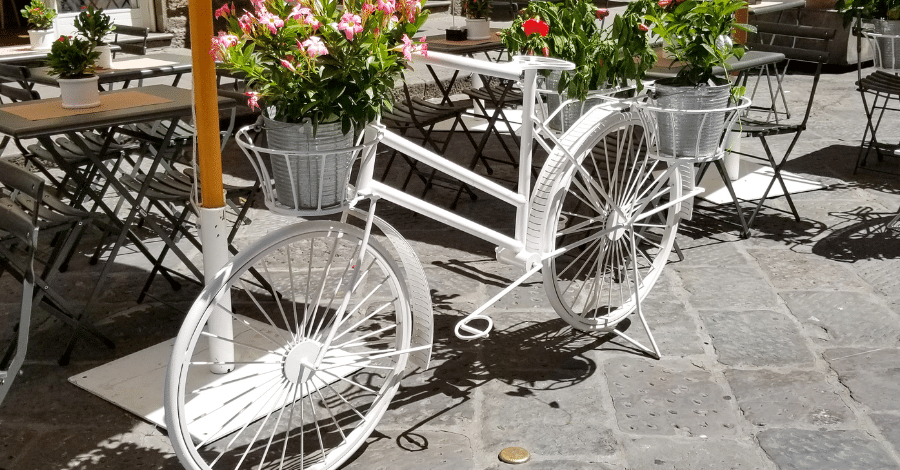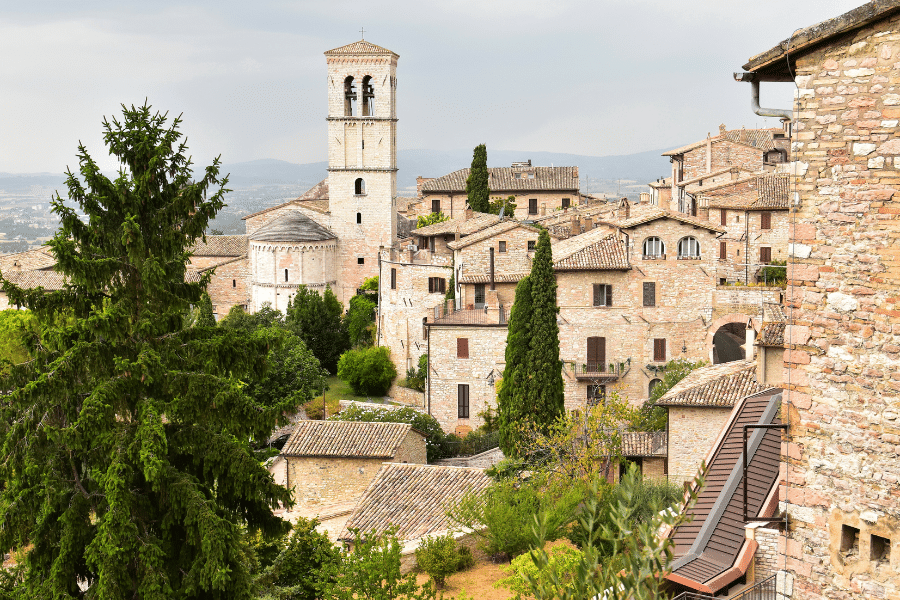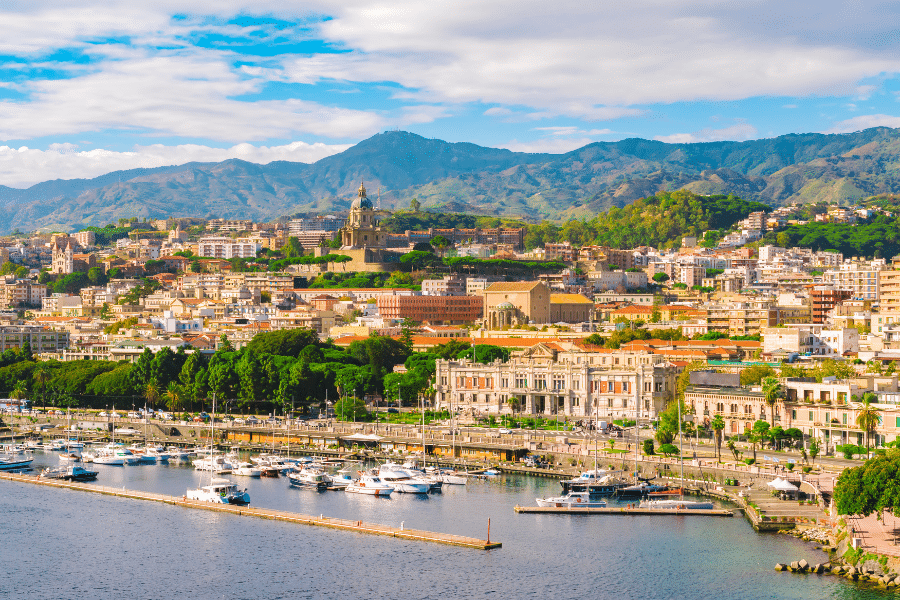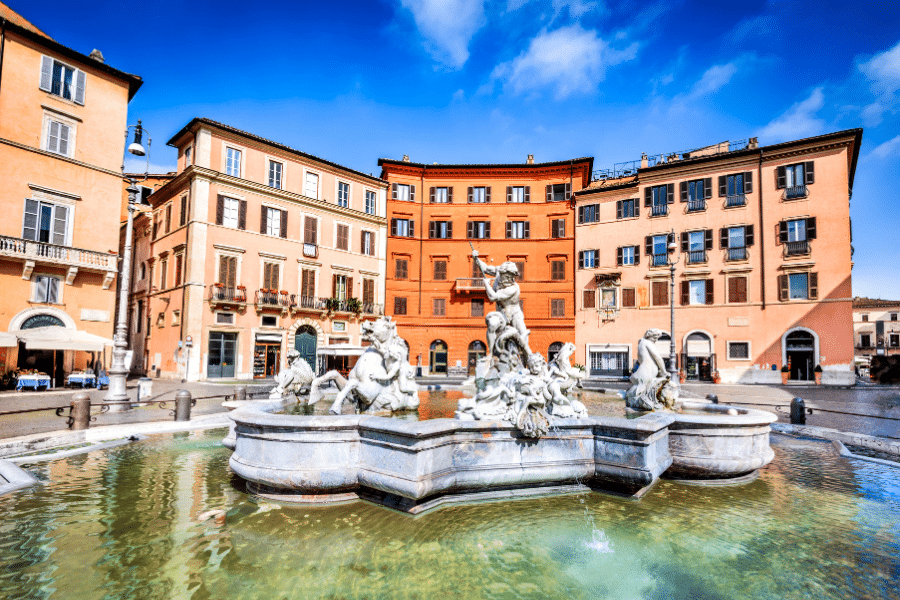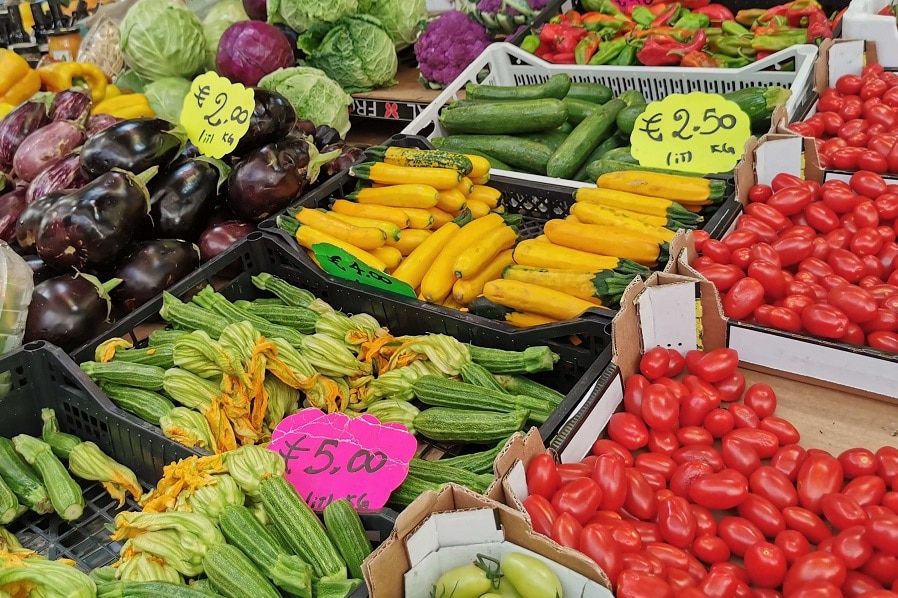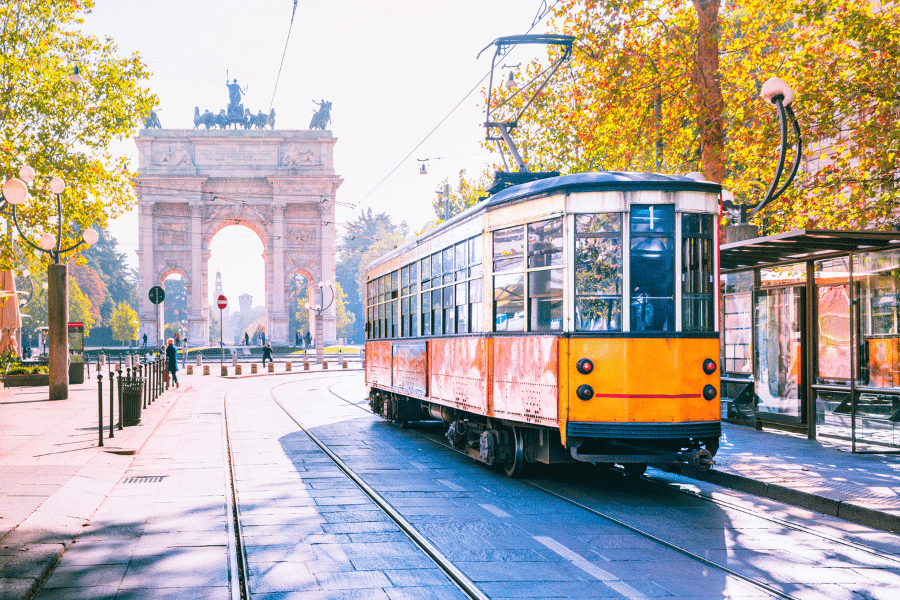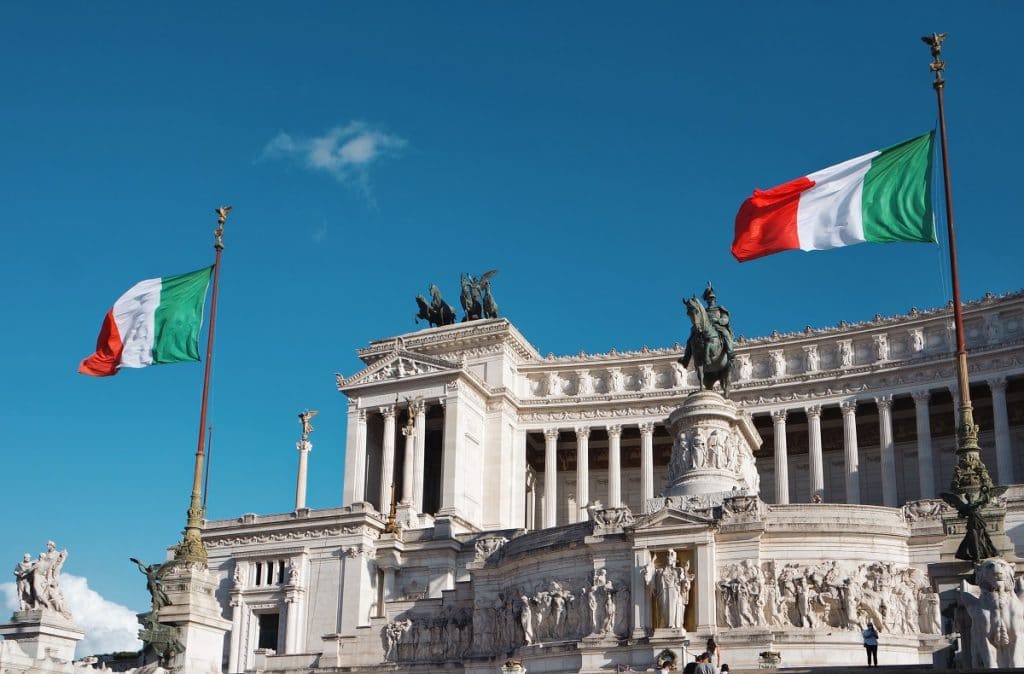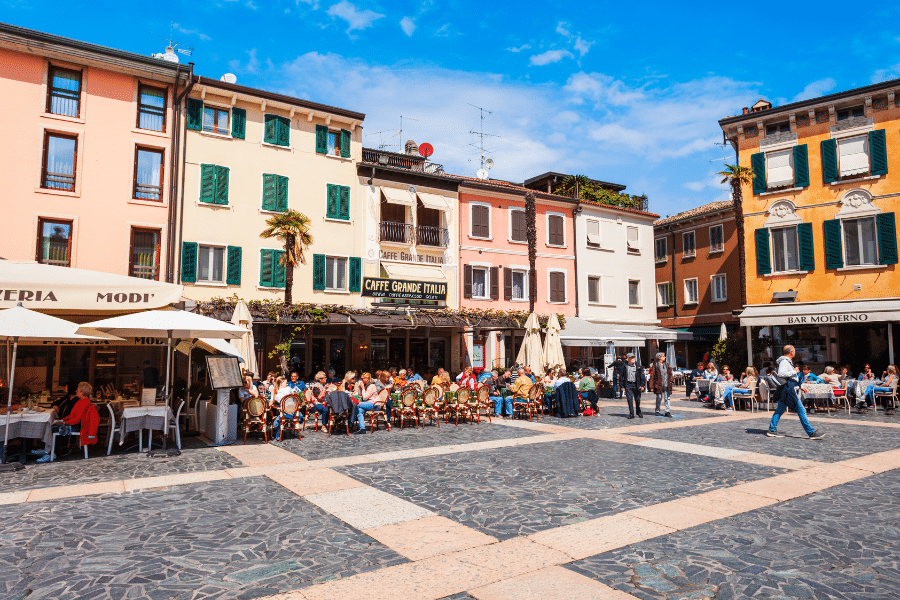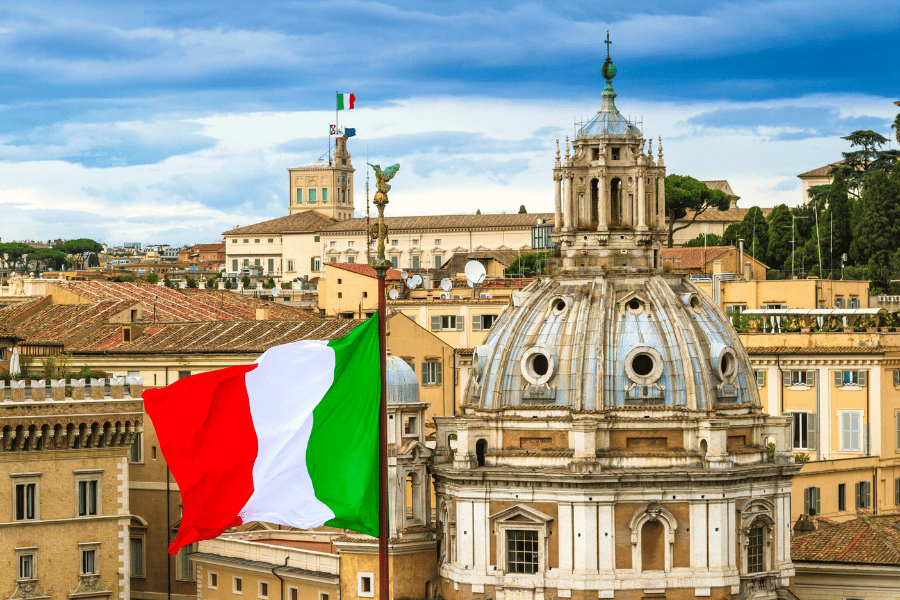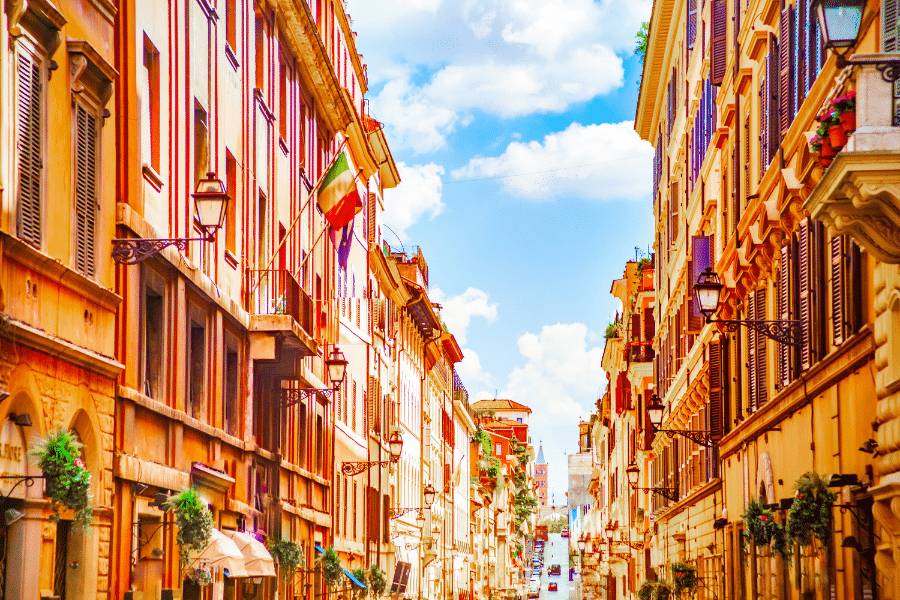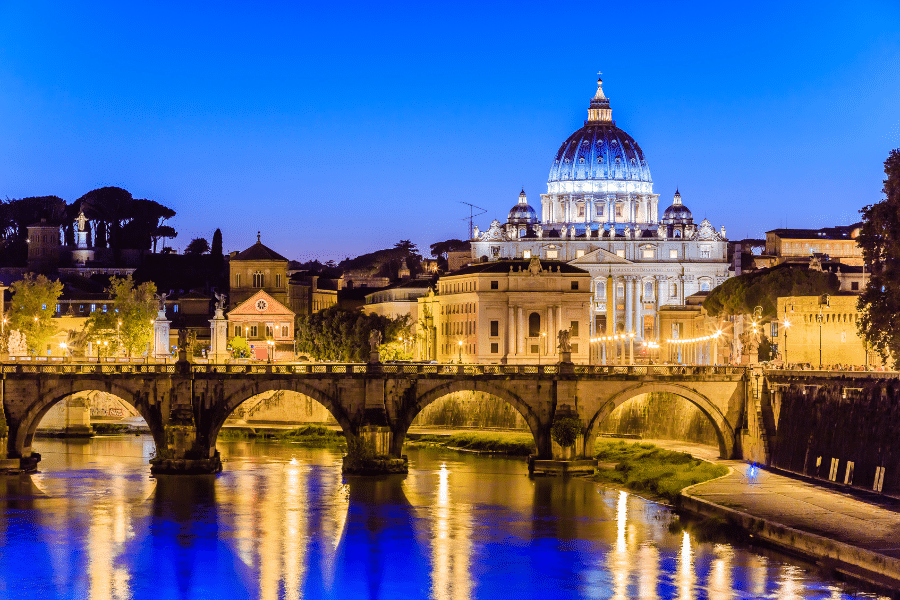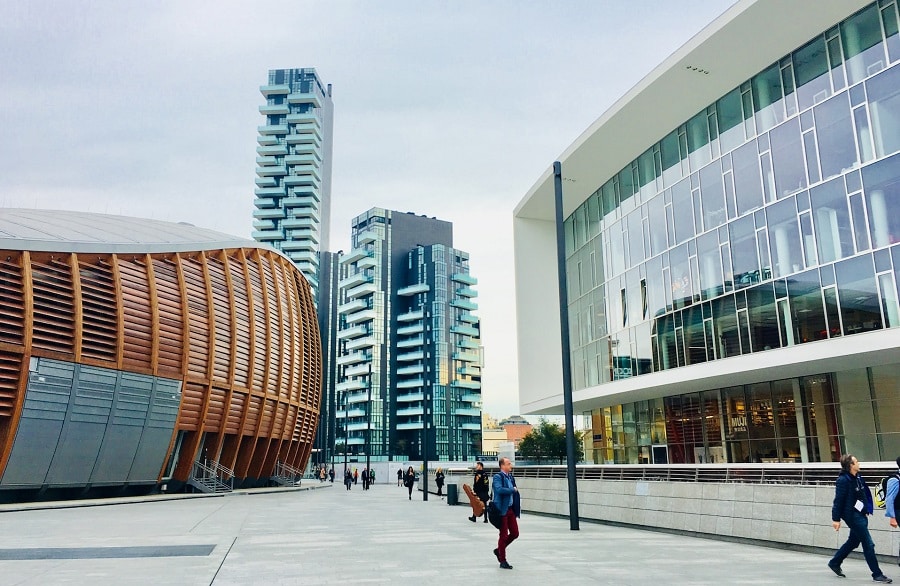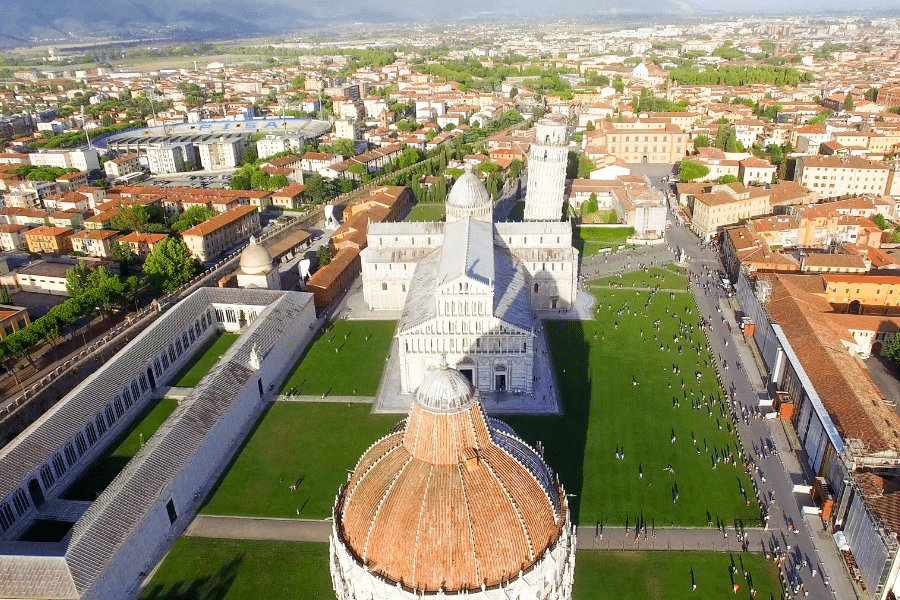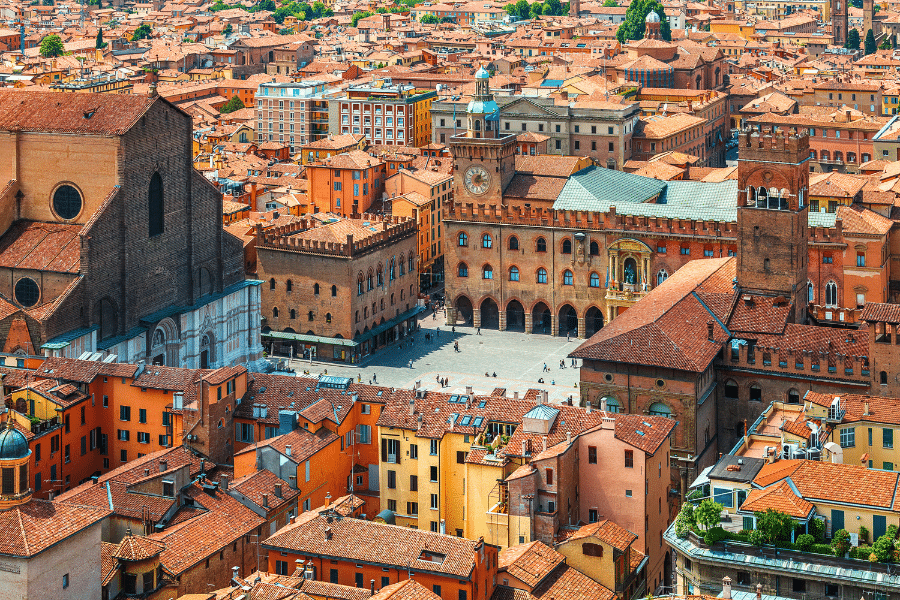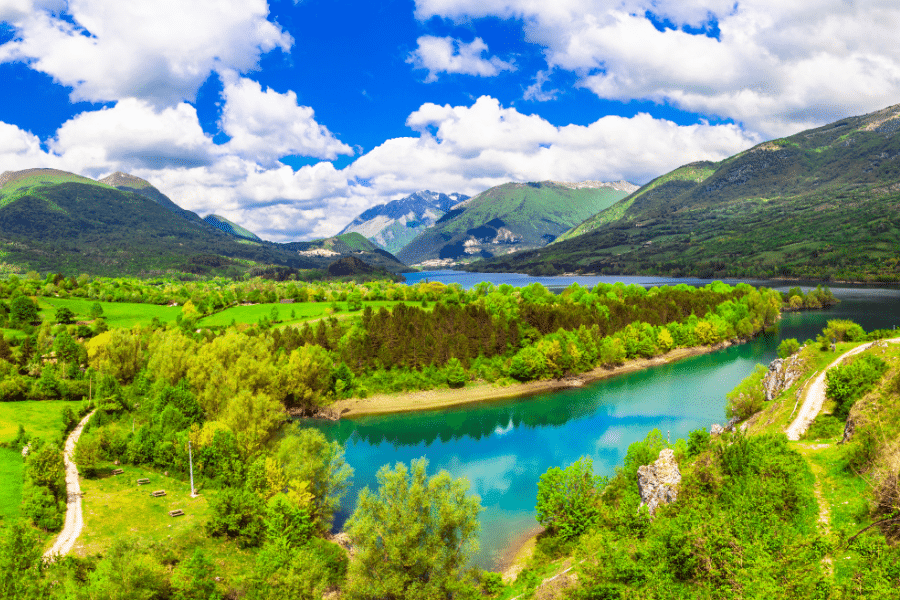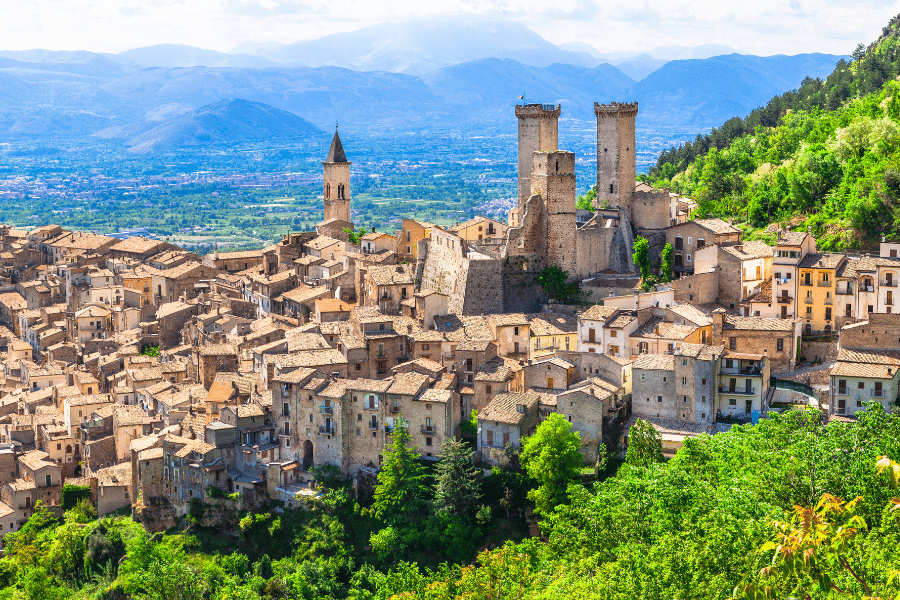Living in Italy is a unique enriching experience. It may not be for everyone, but the country has so much to offer for most. Breathtaking land and seascapes, world-renowned food and wine, and an incredible pace of life are just a few things you can expect when moving to Italy.
However, with these perks comes the negatives and things you’ll have to get used to. To get you acquainted with life in Italy, we’ll run through the essential day-to-day aspects you can expect to run into when living in this fantastic country.
The pros and cons of moving to Italy
We all have idyllic images of the places we want to move in our heads. Naturally, moving to Italy is not all carbonara and gelato. Each region will have pros and cons and there are plenty of scenic cities and towns to settle in. It’s up to the individual to decide if the balance is right for them.
The pros of expat living in Italy
1. Low cost of living
There are times I go out to dinner and am shocked. Did they forget to put things on the bill?
For the most part, Italy is an inexpensive place to live compared to other countries. In major cities like Rome, you can easily find a one-bedroom, one-bathroom apartment for under $1,000 a month.
You can find real estate in Italy for as low as $100,000 or less in a rural area or $200,000 or less in an urban area. Compared to many places in the United States and Europe, you’ll find that this is an amazing price.
On top of this, day-to-day life is highly affordable. Groceries, public transportation, internet and phone plans are all examples of things that are significantly cheaper in Italy compared to places like the United States.
2. Unique things to do and places to see
A central theme of “reasons to move to Italy” centers on the incredible blend of modernity, history, and culture Italy offers.
Take Rome, for example. There are a lifetime of museums, architectural marvels, and cultural interests for you to visit throughout the city.
Just an hour outside the city center by train, you can find pristine beaches, surround yourself with nature on amazing hikes, or visit small family-run wineries.
Of course, if you’re a person who enjoys nightlife, there are so many places for you to go to, too. The experiences you can have in Rome encapsulate the wide variety you get throughout Italy.
3. Food, wine, etc
At this point, it is cliche to talk about Italian food. You’ve seen movies, TV shows, and read magazine articles about it, so you probably already know that the food and wines produced in Italy will be high-quality.
However, the focus on quality and freshness separates Italian food, especially from American options. You won’t find strawberries in January at the local market. Food runs on local seasons, and that builds a sort of excitement that you don’t get in places where everything is constantly available. Of course, each region will have its local twists on dishes and specialties.
4. Large expat community
You can find expats throughout Italy. When you plan to move to Italy, look at expat Facebook groups or try to find WhatsApp communities. Finding a group of friends in the country might be hard at first, but plenty of people are going through a similar situation as you and would love to connect.
The cons of expat living in Italy
1. Getting around
The most frustrating aspect of living in Italy is the need for more reliable public transportation. Traveling somewhere on a Sunday? You better not have a specific timeframe, especially if you’re taking the bus. If you’re traveling by bus, always give yourself double the time your map is telling you it would take.
Of course, there are exceptions, like Milan, that do have convenient and timely public transportation. But that is the exception rather than the rule. Additionally, you can gain freedom of movement if you get your Italian driver’s license and a car.
2. Bureaucracy
It may come as a surprise that a place that has such a slow pace of living and enjoys the sweeter things in life is so obsessed with bureaucracy. Common things like buying a home in Italy or getting your leaky sink fixed in your apartment are heavily dependent on bureaucratic paperwork.
After dealing with your residency, you’ll also need to sign up for a “Codice Fiscale,” which is similar to your tax code document. You’ll need this number for anything from signing up for a phone plan, joining a gym, or even making a big purchase online.
3. Language barrier
In many places throughout Italy, especially the larger towns, you’ll be okay relying on English. However, there are so many amazing small towns and experiences that you won’t get the most out of if you don’t know the language.
Italian isn’t the hardest language to learn, but the downside is there aren’t many other countries where you can practice it (as opposed to learning a language like Spanish, etc.).
4. Slow pace
When you’re living in Italy, you have to accept that things will get done when they get done. There are so many things out of your control, so sit back, sip on your cappuccino and embrace this new lifestyle.
I always use the tram as an example. I moved to a part of town in Rome to be close to the 8 tram because it runs all the way from the neighborhood of Monteverde to the heart of Rome. As soon as I moved there, though, it shut down for repairs. The original timeframe was six months. A year and a half later, and the construction still isn’t done.
You’ll have to adjust your mentality, especially if you’re coming from the hustle-and-bustle of America. Sometimes it can be frustrating to get seemingly simple things done, like setting up the internet in your house or getting something repaired. Be patient and always plan for things to take double (or more) the time you’d normally expect.
How to get residency in Italy
If you’re moving to Italy from the USA and want to stay for an extended period, you’ll have to go through a few steps to get Italian residency. First, you’ll need a valid passport, which is the easiest part of the process. After, you’ll need to check the visa requirements for your specific situation, but either way, you’ll be required to get a visa from an Italian consulate before leaving for Italy.
Once you’re in Italy, you’ll need to apply for a long-stay visa and an Italian Residence Permit (Permesso di Soggiorno). These are accessible from Poste Italiane, or the national post offices, which are littered throughout of Italy.
There may be additional steps that you’ll need to take if you’re staying longer than a year or depending on your situation.
The best places for expats to live in Italy
There are so many places to consider when moving to Italy. Each region has unique aspects, from the coastlines and natural reserves of Abruzzo to the border Lake towns closer to Milan, there are so many different places you can choose from.
1. Rome
Home to over half a million expats, you’ll have no problem settling into the eternal city as a foreigner. The city of Rome has all the comforts of a modern capital while keeping its rich history a part of everyday life.
Seemingly around every corner, you’ll find ancient ruins blended in with modern cityscape. Your everyday routine can start with a cornetto and cafe at the Pantheon, lunch near the Colosseum, afternoon aperitivo in Monti, and dinner in the picturesque neighborhood of Trastevere.
And we can’t talk about Rome without mentioning the food. As the heart of Italian cuisine, Rome is full of traditional trattorias, cozy osterias, and trend-setting restaurants. The best part of it all is that the dining options cater to most palates and budgets, too!
If you’re moving to Italy from the US, you’ll love the authentic Italian cuisine. However, you should get your international food kick before moving, as the variety of food is somewhat disappointing (I haven’t found a good Mexican food place yet!).
2. Milan
Milan is unlike the majority of Italy. As Italy’s economic powerhouse, the city will cater more to young professionals looking for career opportunities in finance, fashion, design, technology, or more. Ambitious individuals moving to Italy can find plenty of job opportunities in the business and tech world.
This is one of the few cities in Italy where you’ll have timely and convenient public transportation, which is especially nice if you’ve spent a significant amount of time in other Italian cities.
Of course, the city also offers iconic landmarks like Sforza Castle and the Duomo di Milano you can visit, and it wouldn’t be an Italian city without offering world-class museums.

Milan, Lombardy region
An added benefit is Milan’s central location in Northern Italy. This provides you with easy access to amazing destinations, like the stunning lakes Como, Lugano, and Maggiore, while still being around a three-hour train ride to the center of Rome.
With these benefits, however, comes a cost. And I mean that literally. The cost of living in Milan is significantly higher than other cities in Italy.
3. Tuscany
Characterized by its rolling hills, medieval towns, picturesque vineyards, and sprawling olive groves, the region of Tuscany offers an idyllic lifestyle. Renowned for its cultural heritage, you can choose from amazing towns like Pisa, Siena, Lucca and Florence.
On the weekend in Tuscany, you can enjoy outdoor activities like hiking, visit architectural sites like the Leaning Tower of Pisa, or spend the day absorbing the art and architecture of the Renaissance.
The slower way of life will let you focus on pursuing quality of life. This is especially true when you visit local markets and traditional trattorias, where generations of one family run the entire operation. Of course, the culinary delights in the region are also world-renowned.
The region is famous for Panzanella, a mix of tomatoes, basil, onion, and “day-old bread” tossed with olive oil and balsamic vinaigrette. For dinner, the region is famous for Bistecca alla Fiorentina, a T-bone steak from locally-bred cows seasoned with sage and rosemary.
Like so many places throughout Italy, there is an amazing variety of things for expats to enjoy in Tuscany. The harmonious blend of beautiful landscapes, historical and cultural sites, and idyllic lifestyle combine to make this a vibrant community to join.
4. Bologna
Bologna is another town that offers a unique mix of historical and cultural experiences while enjoying a modern lifestyle. Its nickname, “La Dotta, La Grassa, La Rossa,” or the learned, the fat, the red, encapsulates the city perfectly. The city is best described as a college town, its prestigious university drawing in intellectual and cultural activity, hence the title of “learned.” The city is full of both modern and classic art around every corner.
The “fat” part of Bologna’s tagline comes from, you guessed it, the rich culinary tradition the city boasts. Their iconic dishes, like tortellini and tagliatelle al ragu, take inspiration from local ingredients that thrive in the area. On any random afternoon, you can stop by the local markets for a snack.
And finally, the “red” part of Bologna’s nickname comes simply from the color of the city’s buildings. Though this may seem underwhelming, the city is steeped in architectural history. The ancient churches, towers, and porticos are not only masterpieces of art, but many of them house beautiful statues, paintings, and other pieces of art. You’ll find endless opportunities to absorb yourself into the vibrant cultural scene and rich history.
5. Abruzzo
Are you looking to get away from the hustle and bustle of city life? The region of Abruzzo is nestled between the Apennine Mountains and the Adriatic Sea, offering an enchanting and tranquil atmosphere.
This is a fantastic region to settle in if you enjoy outdoor activities like skiing, hiking, and wandering through national parks. If that’s not reason enough, you also have easy access to the region’s pristine beaches along the Adriatic coastline.
Of course, you wouldn’t be moving to Italy if you weren’t looking for amazing food and historical landmarks, and Abruzzo provides these, too. The region is full of small, historic towns and castles, like Santo Stefano di Sessanio and Castel del Monte.
Visiting these towns is like taking a step into the past. Abruzzo is also known for their locally sourced traditional recipes like arrosticini, grilled lamb skewers, scrippele ‘mbusse, or crepe soup. The mountainous and hilly terrain also provides the perfect landscape for growing grapes, so the region is known for its Montepulciano style of wine.
Though finding a job in the region may be more of a challenge than others on our list, Abruzzo is still an amazing place for expats to immerse themselves in historical and culinary traditions.
Final thoughts
Rich culture, history, and natural beauty are just a few of the things you can look forward to exploring and embracing when moving to Italy. Each region provides unique experiences, job opportunities, and culinary delights. However, moving to a new country provides challenges that you’ll have to weigh before taking the plunge.

